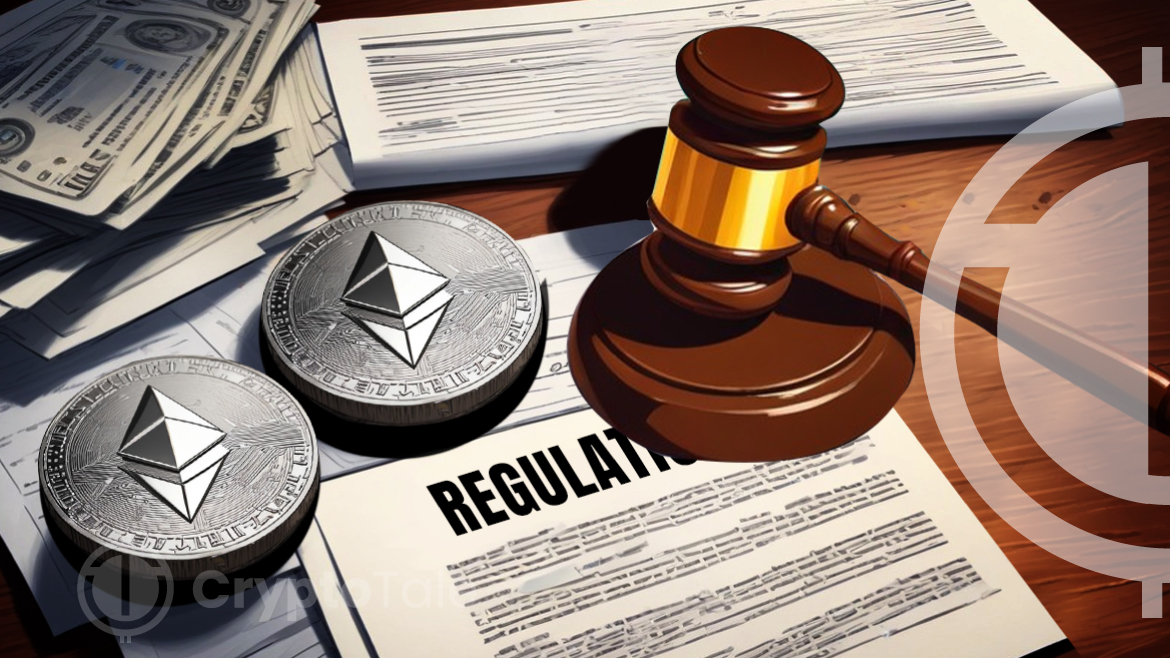
The regulation of the cryptocurrency market in the USA is becoming stricter and starts with big exchanges like Kraken, Coinbase, and Uniswap. Recent developments point out that Ethereum is now a subject of regulatory inquiry. The scrutiny has led to a heated discussion among the stakeholders, as some argue regarding the possible classification of Ethereum (ETH) as a security.
The core of the issue lies in Michael Saylor, the executive chairman of MicroStrategy, who supports the Securities and Exchange Commission (SEC). In the MicroStrategy World 2024 conference, Saylor stated that it would be clear that the approval of Ethereum as a commodity would not come by the end of May. Michael Saylor remarked:
By the end of May, you’ll get to know that Ethereum is not going to be approved. Then it will be clear to everyone that Ethereum is deemed as a crypto asset security and not a commodity.
Saylor’s assertion implies significant consequences for these digital assets. He extended his prediction to other tokens, including BNB, Solana, Ripple, and Cardano, suggesting that none would be included in a spot ETF or accepted by mainstream institutional investors.
The backlash to Saylor’s comments was swift. Charles Hoskinson, co-founder of Cardano, criticized Saylor’s perspective on social media platform X (formerly Twitter). Hoskinson argued against the notion that government acceptance of Bitcoin while dismissing other cryptocurrencies was a viable stance, accusing Saylor of being “on the wrong side of history.”
This dispute underscores a broader ideological split within the cryptocurrency community, particularly between Bitcoin maximalists and proponents of other digital assets. Previously, Hoskinson defended altcoins when a Forbes article branded several including Cardano, Ripple, and Bitcoin Cash as “crypto zombies.” In response, he ironically embraced the term, highlighting the resilience of these communities despite criticism.
Further controversy emerged when Ben Armstrong, known online as BitBoy Crypto, declared that Cardano (ADA) was “DEAD for REAL.” Hoskinson dismissed Armstrong’s claims, stressing the lack of productive dialogue once such extreme positions are taken. He also noted Cardano’s robust decentralization, evidenced by a high Nakamoto coefficient, signaling a strong, distributed network.
As the U.S. gets nearer to defining the regulatory framework for the likes of Ethereum, the community remains divided. Regulatory scrutiny is often seen as a condition of growing up and maturity by proponents and as a danger to the cornerstone principles of decentralization and freedom by the opposers in the world of cryptocurrency. The debate keeps going on, with huge consequences for the future of digital assets.














